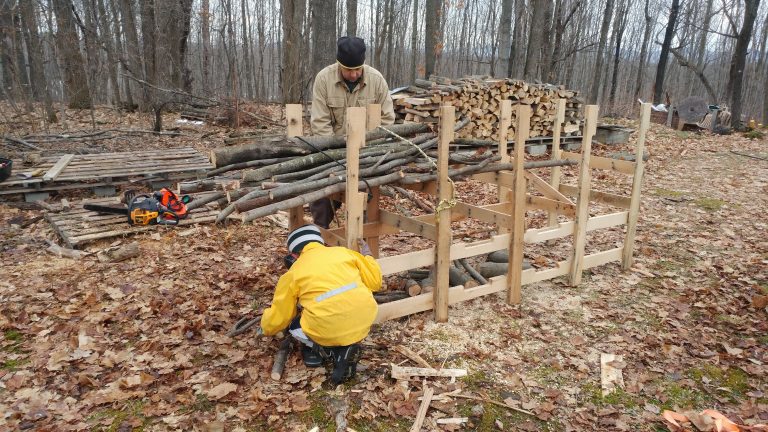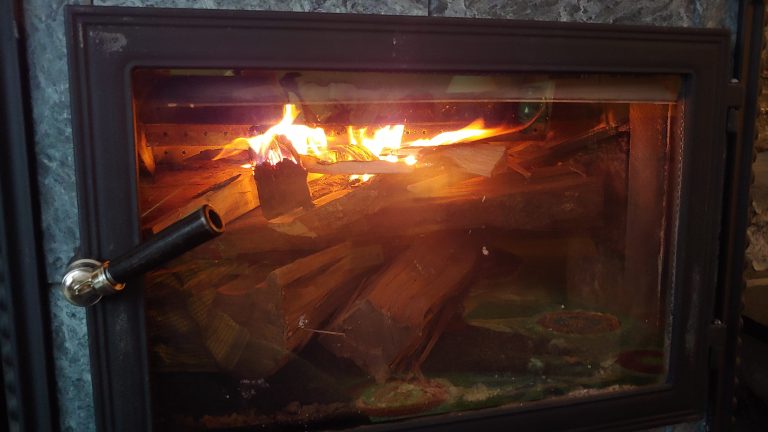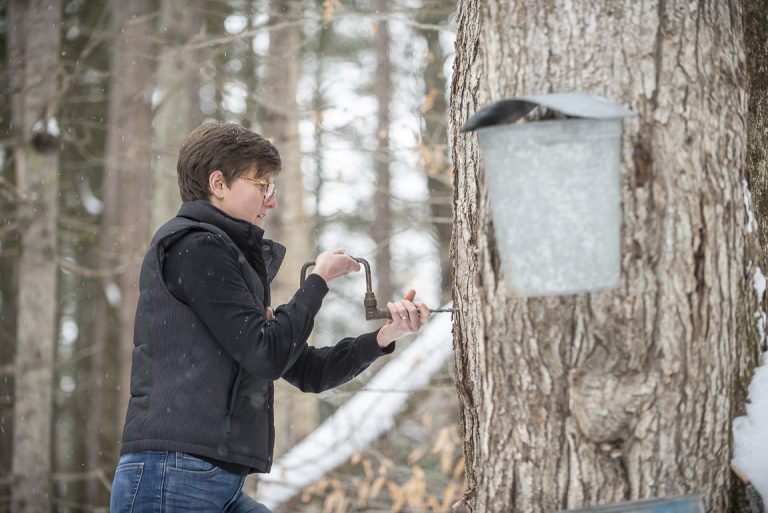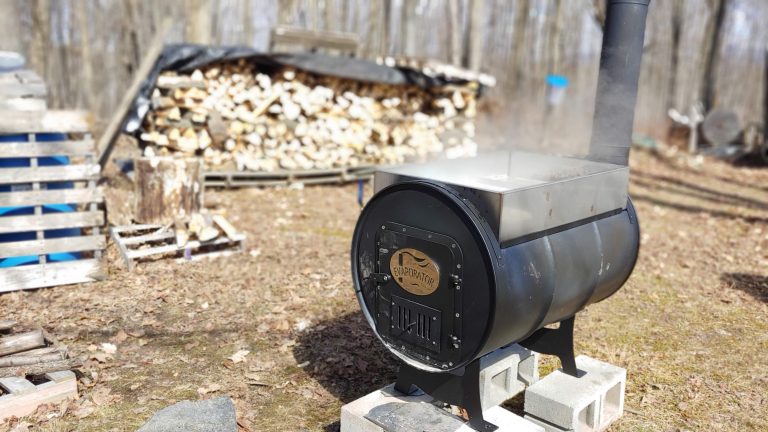This post may contain affiliate links.
Lavender oil is easy to make and smells divine. The finished product can be used for personal care products like lotions and balms or home products like furniture polish.
Follow these simple instructions to make a jar of lavender oil at home!
Let’s get started on making lavender oil!
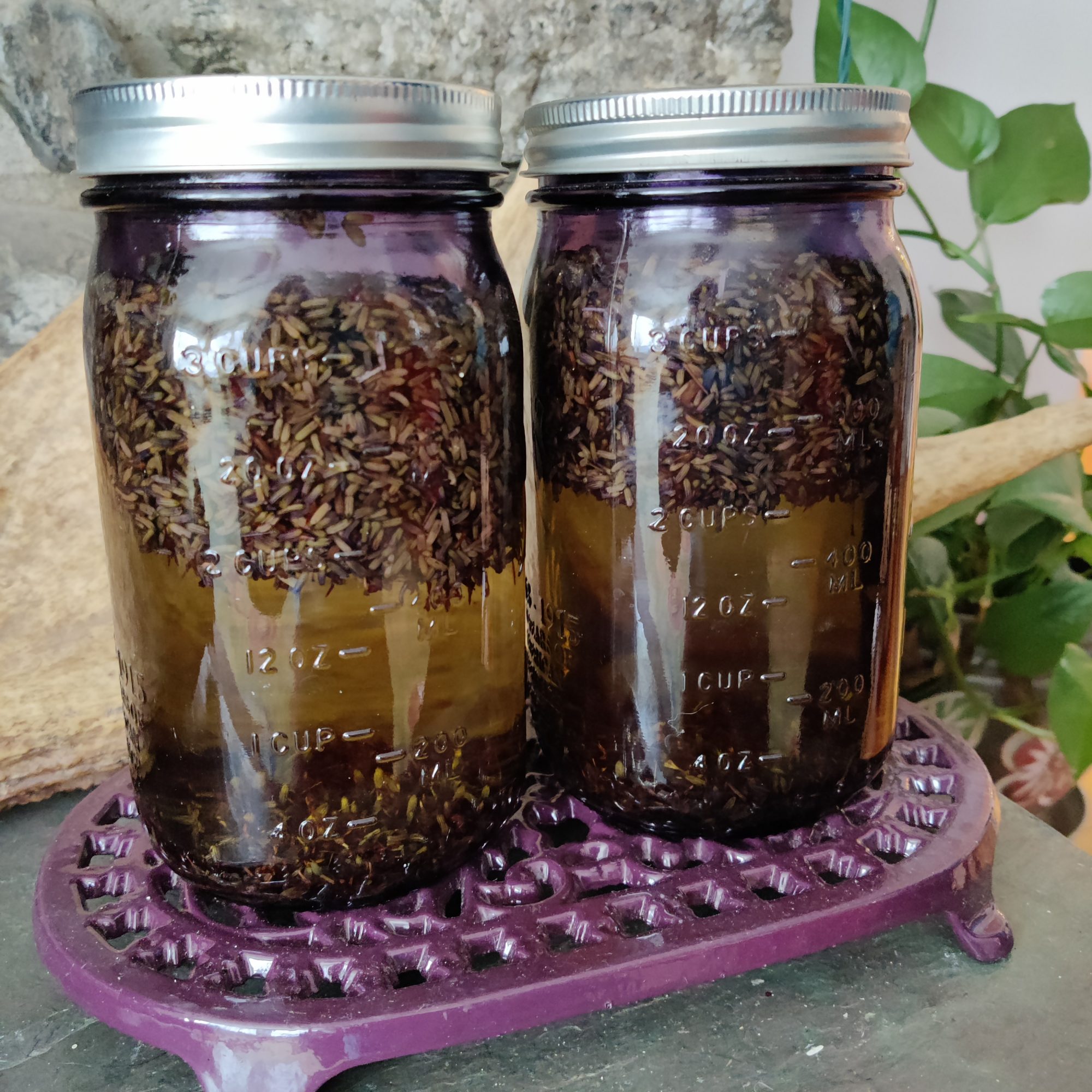
Benefits of Lavender Oil
Lavender is one of the most versatile and beloved herbs in aromatherapy. It has a sweet, floral aroma that is calming and relaxing.
Lavender oil is often used to ease stress, anxiety, tension headaches, and insomnia. It can also help restore equilibrium after emotional upheaval.
Be careful using lavender oil if you are pregnant or nursing. It is not recommended during the first trimester of pregnancy and should be used in small doses when breastfeeding.
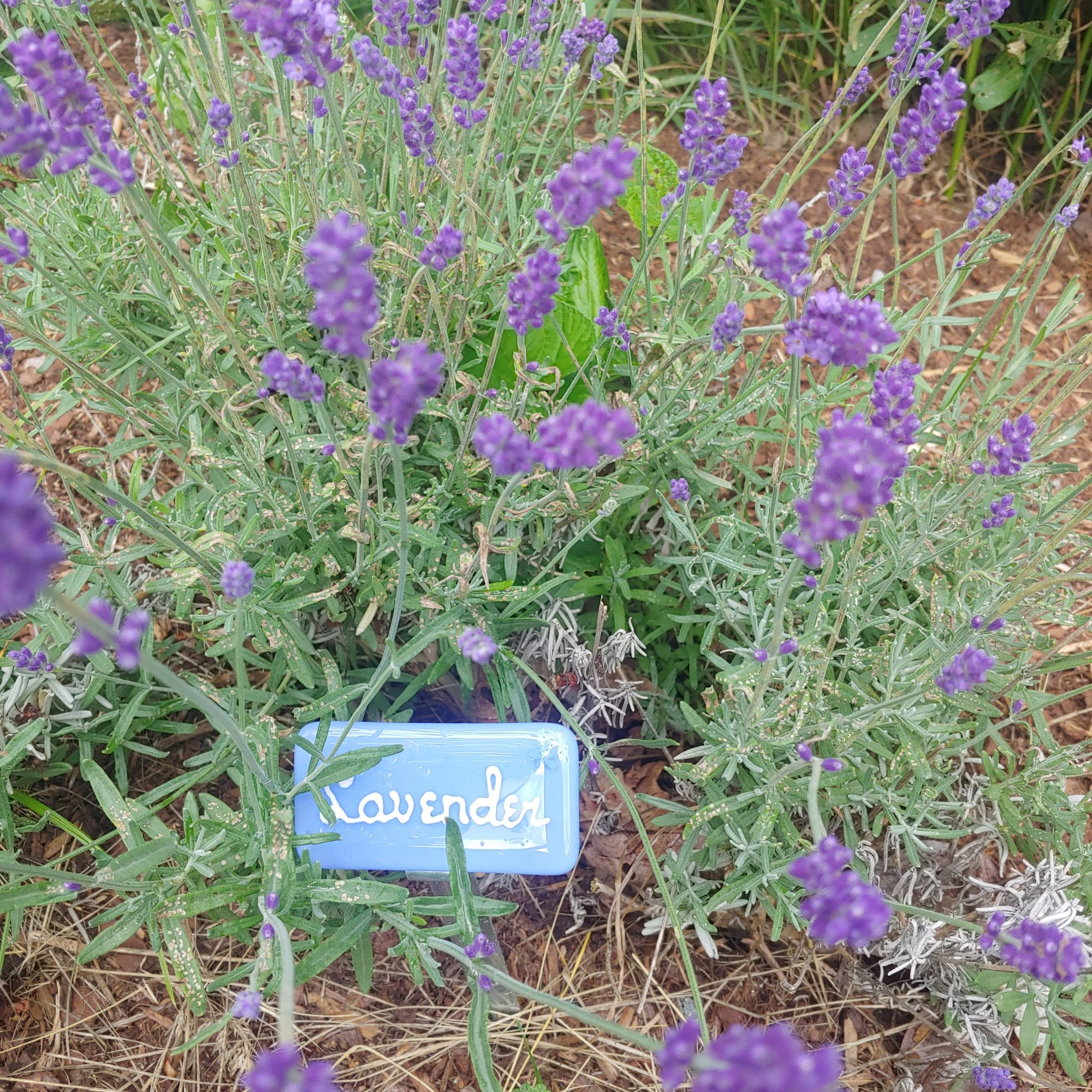
How to Harvest Your Lavender
Many different species of lavender have different qualities. The biggest difference is often the strength of their lavender scent. To make infused oil, you need lavender that is fully dried and does not have any moisture remaining in the flower.
You can dry your own lavender (see our tips for drying herbs) or you can purchase a bag of dried lavender from a reputable seller.
If you are growing your own lavender, choose something with a scent profile that you enjoy. We grow Hidcote English Lavender in our garden and find it has a pleasant scent and dries quite nicely. Provence is another variety that does well when dried.
When picking lavender to use for drying, try to get to it before the flower blossoms have opened up. You want nice, tightly closed buds for drying.
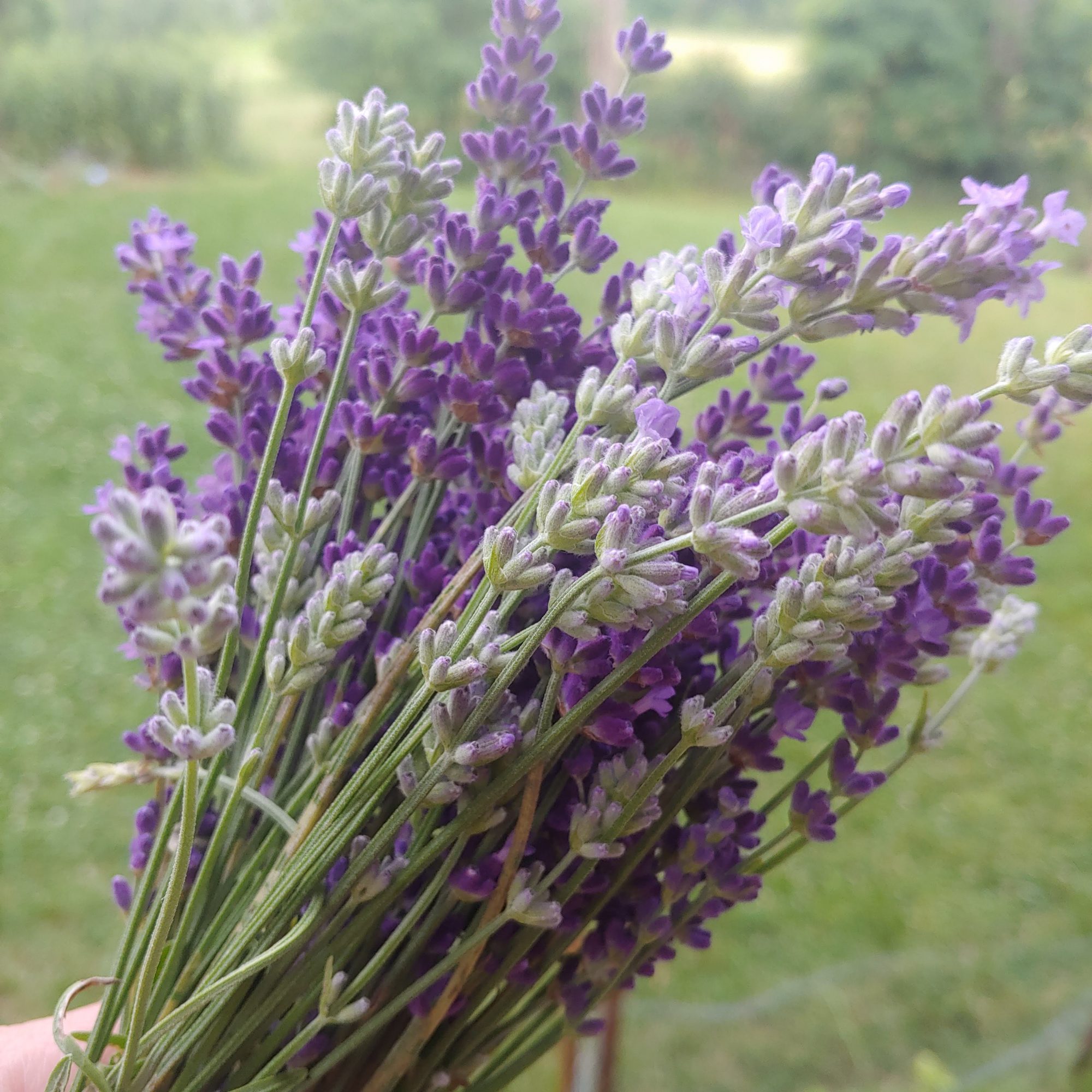
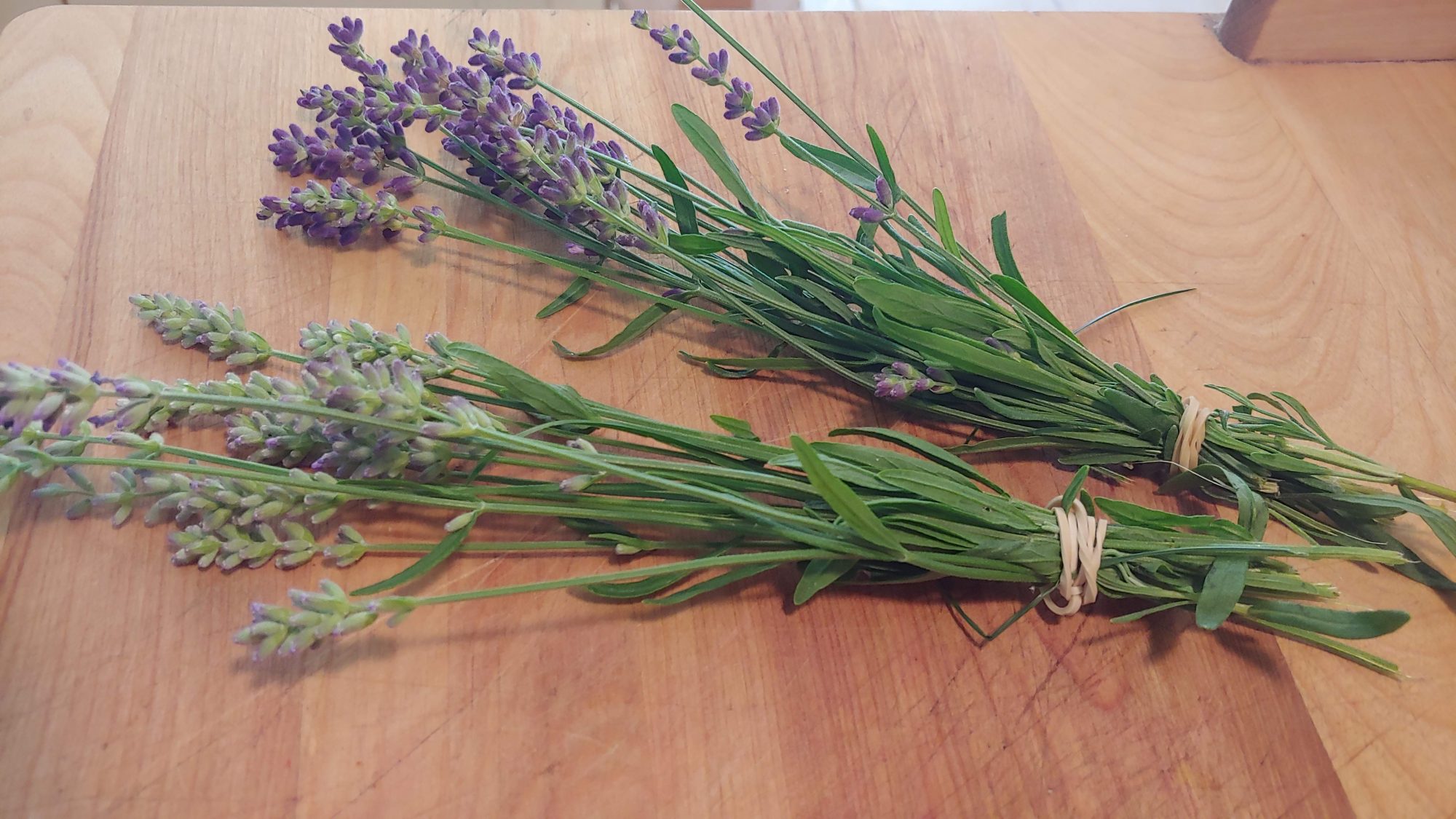
What You’ll Need
You’ll need just a few simple ingredients and tools:
How to Make Lavender Oil
- Fill your jar about halfway with dried lavender flowers.
- Pour in carrier oil until the lavender is completely covered.
- Put on the lid and shake or turn gently to combine.
- Store in a sunny spot like a windowsill or warm room (we put ours near the wood stove in the winter) for 2-4 weeks, shaking or gently turning every few days.
- After two (2) weeks, strain a small portion of oil from the jar and give it a sniff to see if you like the scent. If it is strong enough for you, strain the rest out of the jar using a fine mesh strainer. If the oil is not strong enough after two weeks, return it to the jar with the lavender and let it infuse for 1-2 additional weeks until you are satisfied with the result.
- Store your lavender-infused oil in a sealed jar in a cool, dark place like a cupboard or pantry.
Note: You can use the lavender flowers again to make another batch of oil (or save them for later).
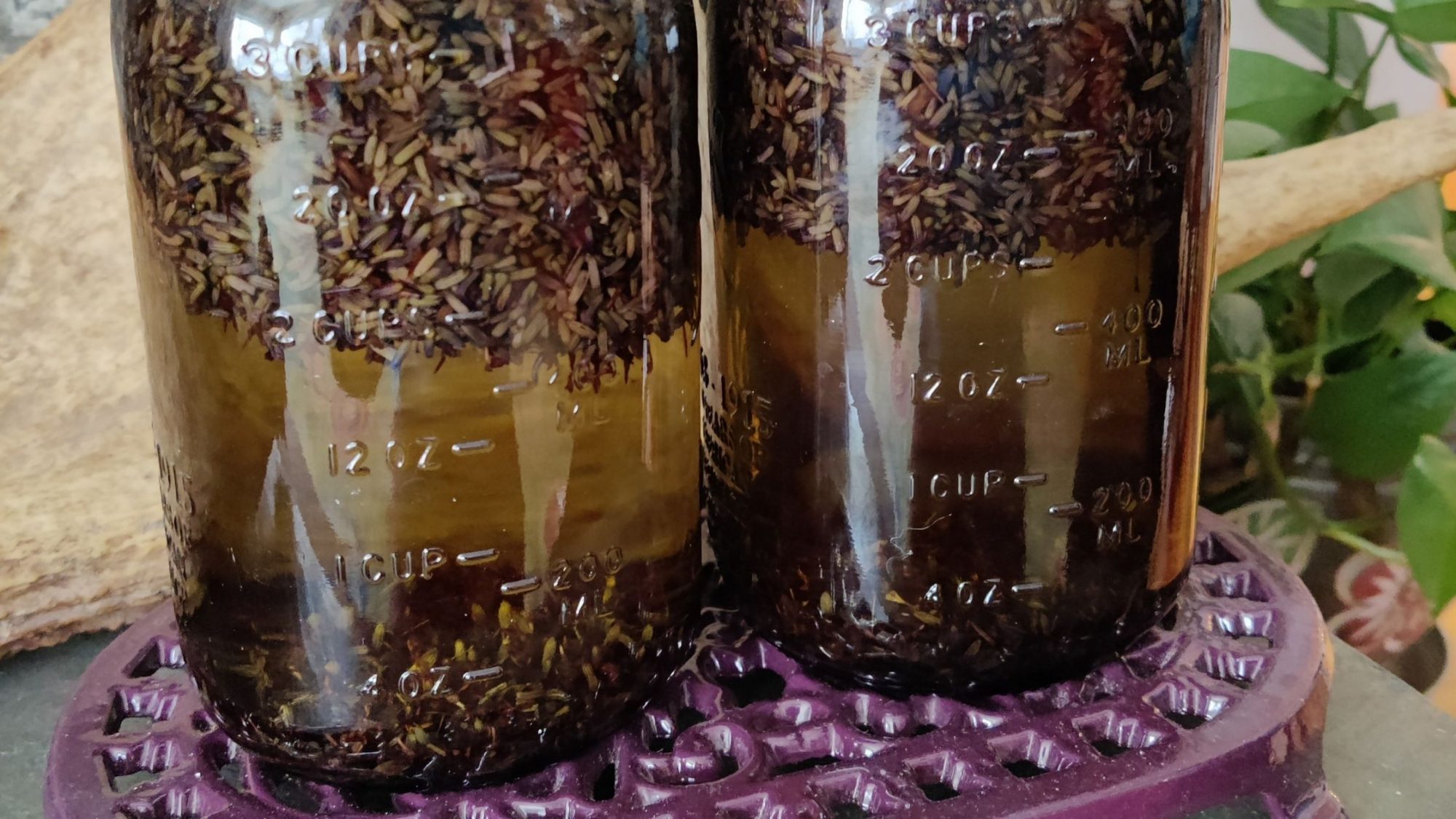
How to use Lavender Oil
There are many ways to use lavender oil to add a light scent of calming lavender to your environment.
- If you use a high-quality carrier oil, you can use the infused oil as a massage oil;
- It’s also great for adding to homemade cleaners or polishes, like our homemade beeswax furniture polish;
- Lastly, you can use your lavender oil to make lotion or balms.
Frequently Asked Questions
What’s the difference between Lavender Infused Oils & Lavender Essential Oils?
Lavender infused oil is made by soaking lavender in a carrier oil. The herbal material is left to steep in the oil for several weeks, often on a sunny windowsill, and then strained. The resulting oil will have the essence of the plant plus all of its beneficial constituents, which are drawn out by the solvent action of the oil.
This differs from essential oil, which you might buy in a small vial. Essential oil is a volatile liquid distilled from plants’ leaves, flowers, bark, or other parts. The plant material is placed in a still to produce an essential oil, and steam is forced through it. The hot vapor causes the essential oils to break free and are collected in a condenser. Infused oils are not as concentrated as essential oils and are used differently. An infused oil can be used as the primary oil in a recipe, whereas an essential oil would only be used sparingly.
What is the best oil when making lavender oil?
Practically, any oil will work when making lavender oil. However, depending on your intended purposes, you might want to select the appropriate oil. For example, for culinary purposes like cooking or baking, choose an edible oil, like olive oil or vegetable oil. Conversely, grapeseed or jojoba oil works best if you intend to apply lavender oil solely on your skin.
Other topics you might like:
Carrie Williams Howe is an educational leader by day and an aspiring homesteader by night and weekend. She lives on a small homestead in Vermont with her husband, two children, and a rambunctious border collie. She blogs about her family's homestead life at The Happy Hive.

